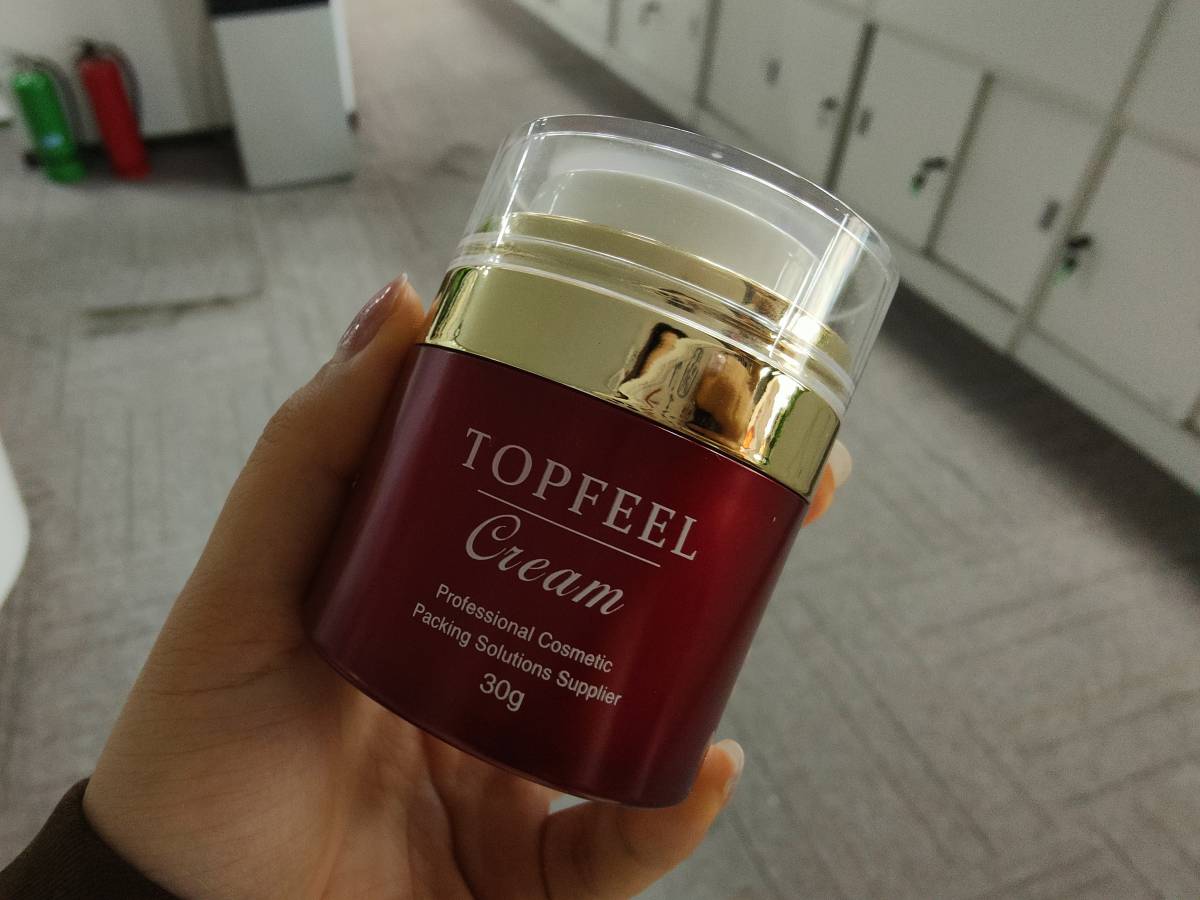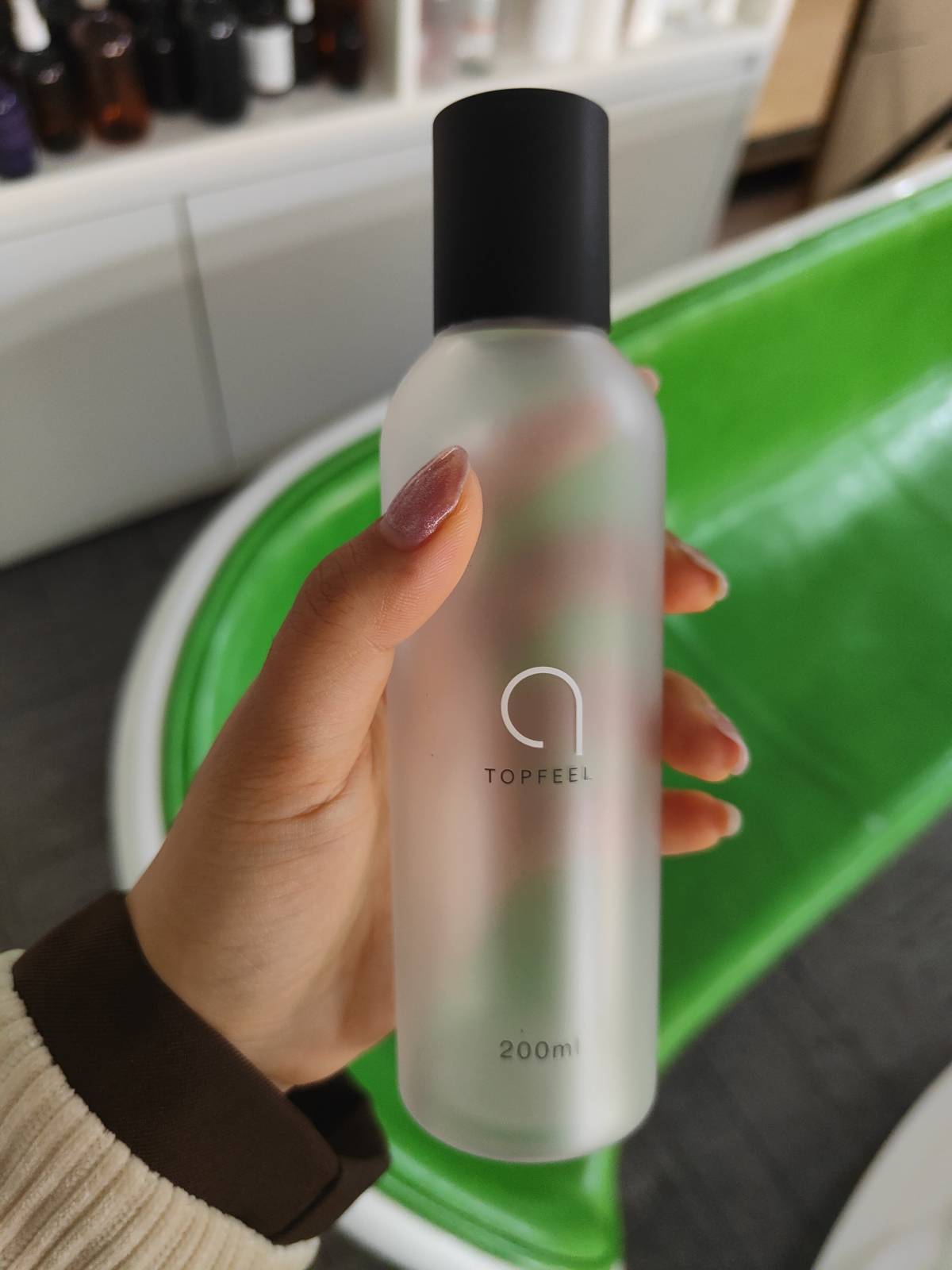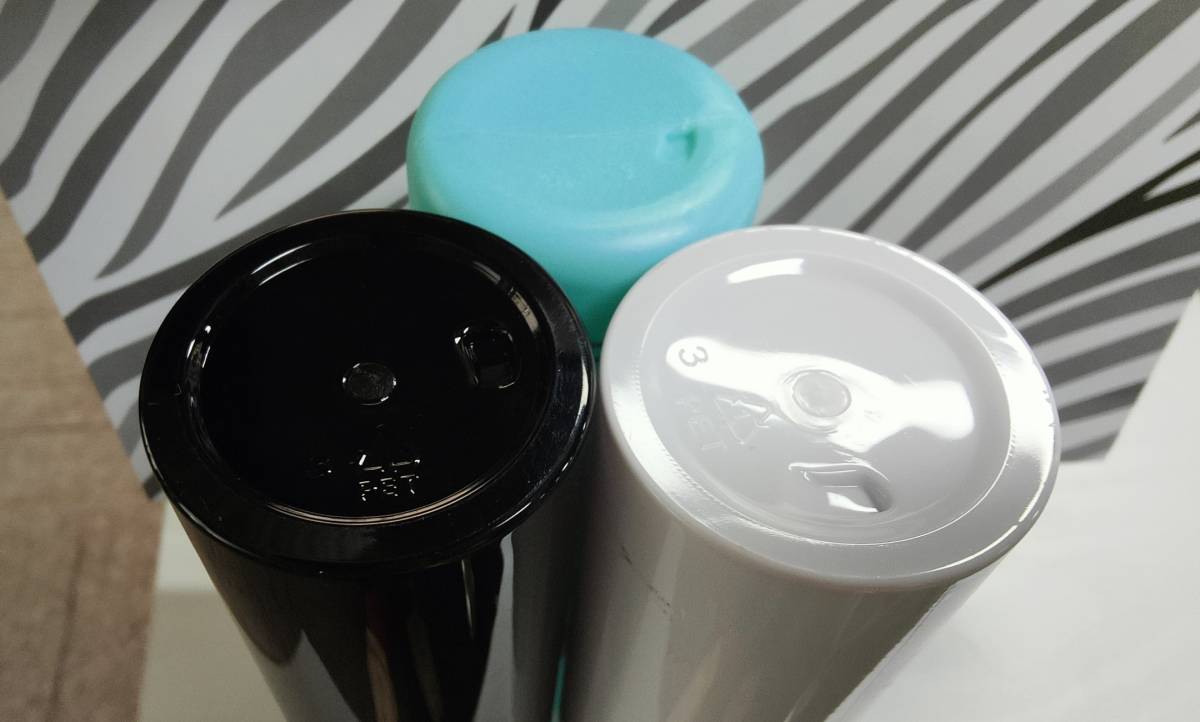Common cosmetic plastic packaging includes PP, PE, PET, PETG, PMMA (acrylic) and so on. From product appearance and molding process, we can have a simple understanding of cosmetic plastic bottles.
Look at the appearance.
The material of the acrylic (PMMA) bottle is thicker and harder, and it looks like glass, with the permeability of glass and not fragile. However, acrylic cannot be directly contacted with the material body and needs to be blocked by the inner bladder.
(Picture: PJ10 Airless Cream Jar. The outer canse and cap is made of Acrylic material)
The emergence of PETG material just solves this problem. PETG is similar to acrylic. The material is thicker and harder. It has a glass texture and the bottle is transparent. It has good barrier properties and can be in direct contact with the inner material.
Look at the transparency/smoothness.
Whether the bottle is transparent (see the contents or not) and smooth is also a good way to distinguish. For example, PET bottles are usually transparent and have high transparency. They can be made into matte and glossy surfaces after molded. They are the most commonly used materials in the beverage industry. Our common mineral water bottles are PET materials. Similarly, it is widely used in the cosmetics industry. For example, moisturizing, foamer, press-type shampoos, hand sanitizers, etc. can all be packed in the PET containers.
(Picture: 200ml frosted moisturizer bottle, can be match with cap, mist sprayer)
PP bottles are usually translucent and softer than PET. They are often used for shampoo bottle packaging (convenient to squeeze), and can be smooth or matte.
The PE bottle is basically opaque, and the bottle body is not smooth, showing a matte gloss.
Identify small Tips
Transparency: PETG>PET (transparent)>PP (semi-transparent)>PE (opaque)
Smoothness: PET (smooth surface/sand surface)>PP (smooth surface/sand surface)>PE (sand surface)
Look at the bottom of the bottle.
Of course, there is a simpler and rude way to distinguish: look at the bottom of the bottle! Different molding processes result in different characteristics of the bottom of the bottle.
For example, the PET bottle adopts injection stretch blowing, and there is a large round material point at the bottom. The PETG bottle adopts extrusion blow molding process, and the bottom of the bottle has linear protrusions. PP adopts injection molding process, and the round material point at the bottom is small.
In general, PETG has problems such as high cost, high scrap rate, unrecyclable materials, and low utilization rate. Acrylic materials are usually used in high-end cosmetics due to their high cost. In contrast, PET, PP, and PE are more widely used.
The picture below is the bottom of 3 foam bottles. The blue-green one is a PE bottle, you can see a straight line at the bottom, and the bottle has a natural matte surface. The white and black ones are PET bottles, with a dot in the middle of the bottom, they present a natural gloss.
Post time: Dec-29-2021



